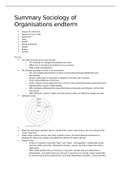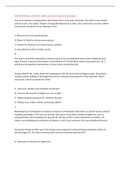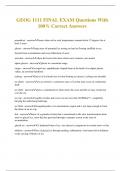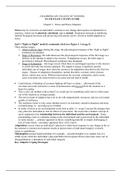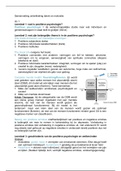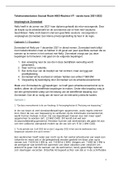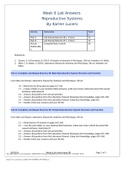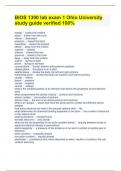Samenvatting
Summary Samenvatting sociology of organisations endterm
- Instelling
- Universiteit Utrecht (UU)
Summary of • Watson Ch 4 (94-121); • Watson Ch 6 (171-194); • Watson Ch 9 • Fang; • Zuboff; • Bovens & Zouridis • Dobbin • Rangan • Sennett check my profile for a summary of the other articles and chapters
[Meer zien]
